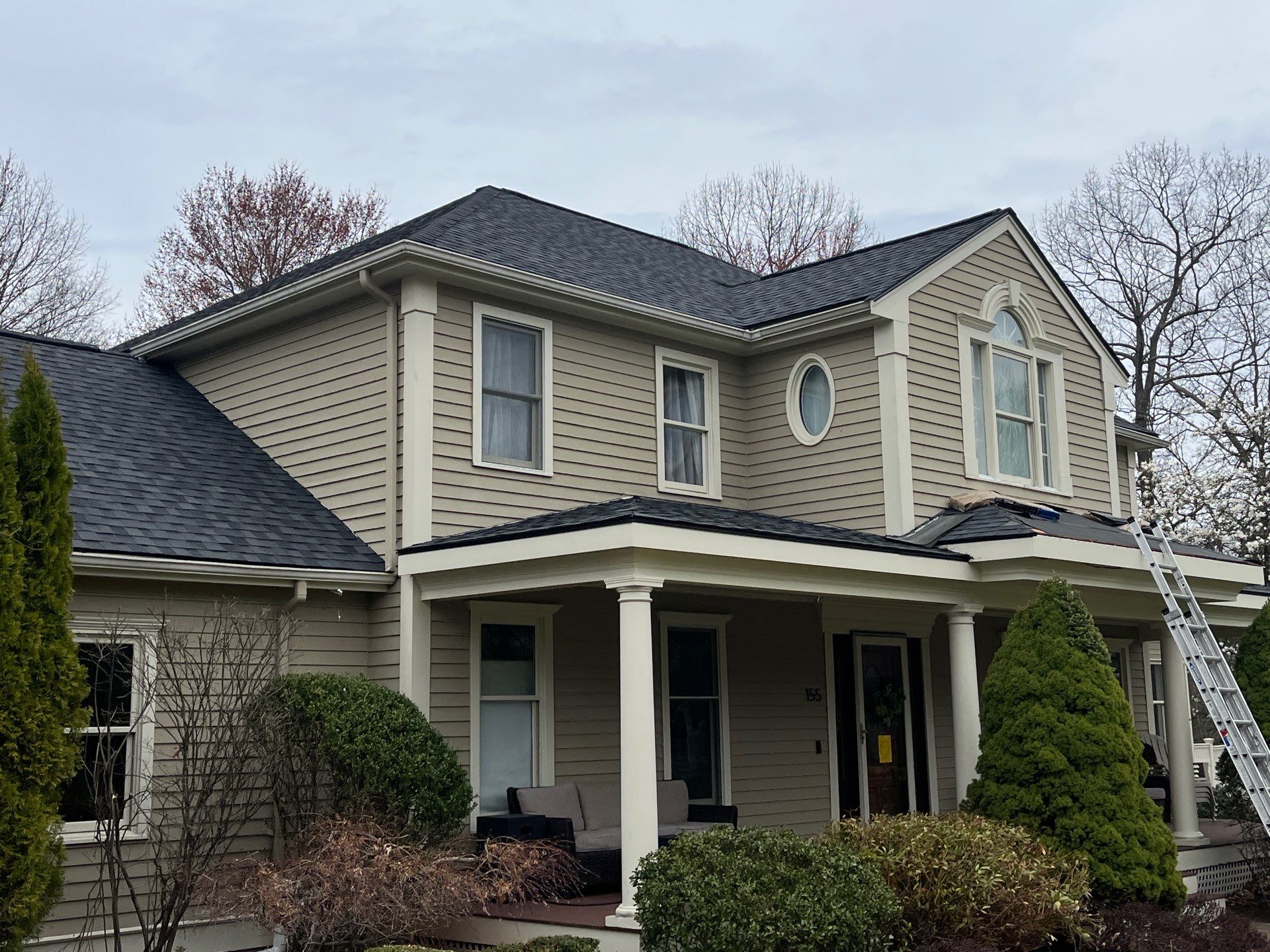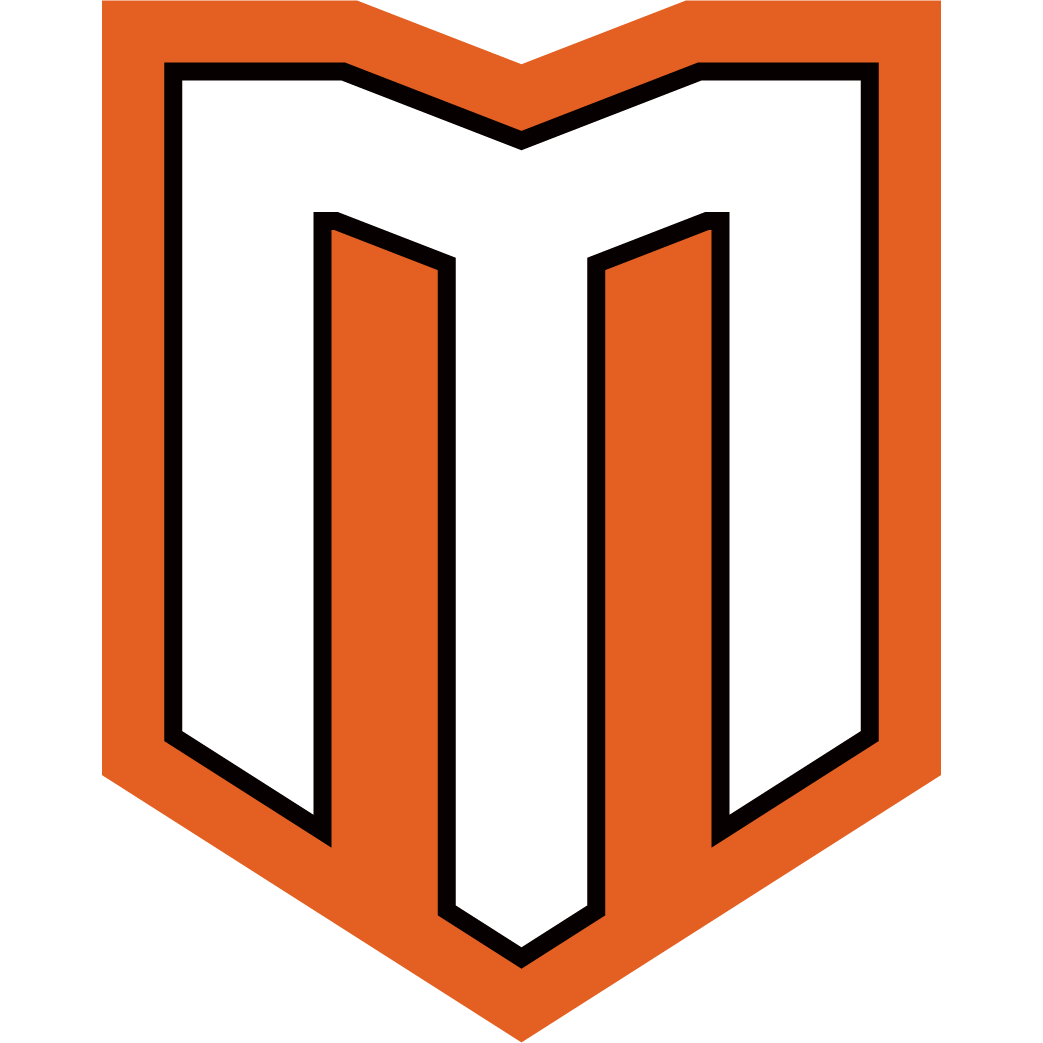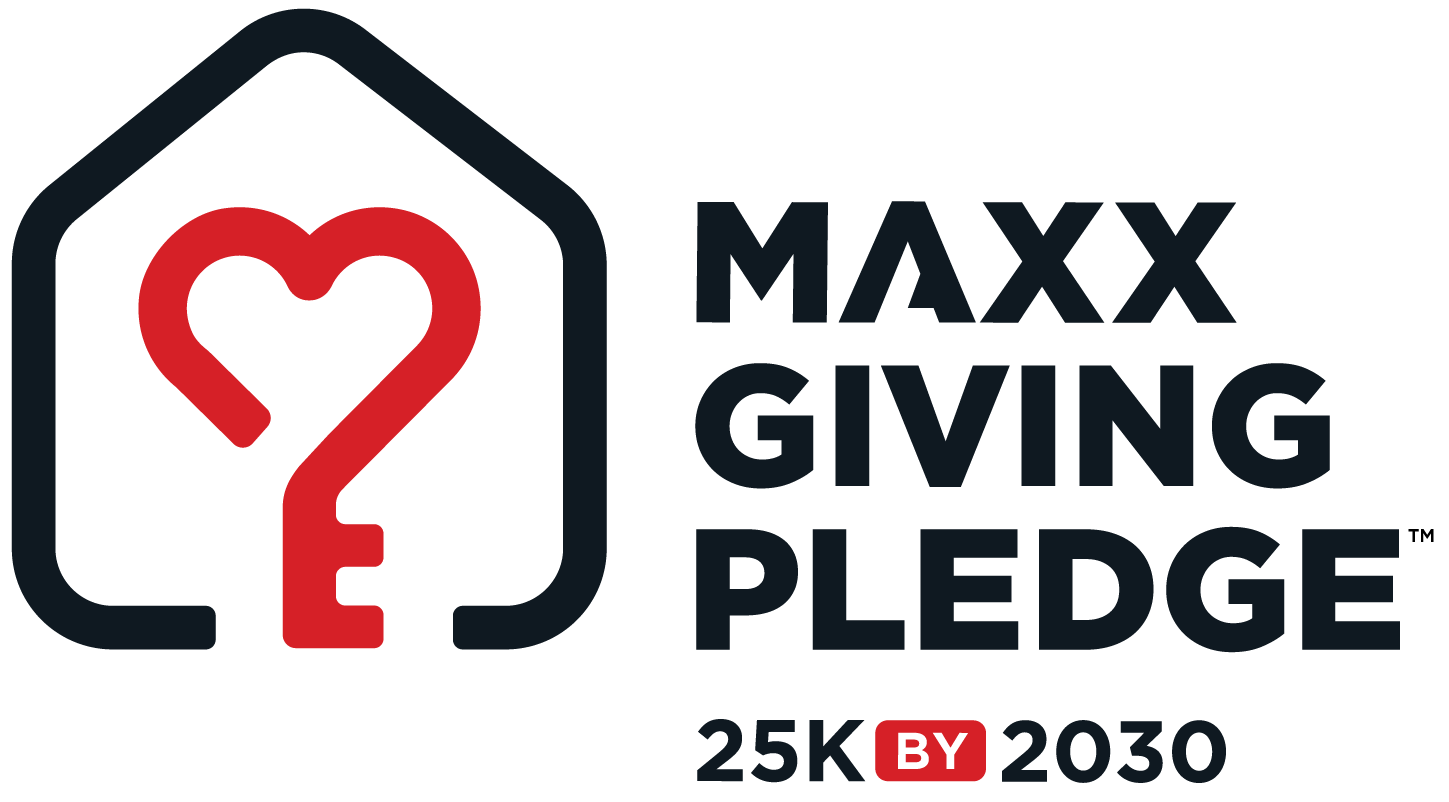
Rubber Roofing Material – Durable, Quiet & Weather‑Resistant
In the diverse landscape of roofing materials, traditional options like asphalt and metal have long dominated. However, for specific applications—particularly low-slope or flat roofs—and for those seeking advanced durability and performance, rubber roofing materials offer compelling alternatives. These modern solutions, primarily EPDM and various composite roof shingles, blend cutting-edge technology with robust resilience, providing reliable protection against the elements. Understanding the nuances of EPDM & modern roofing alternatives is key to selecting the ideal system for your property.
What are rubber and composite roof shingles?
While both fall under the umbrella of modern roofing, rubber roofing and composite shingles represent distinct material categories and applications.
EPDM (Ethylene Propylene Diene Monomer) Roofing:
What it is: Often referred to simply as "rubber roofing," EPDM is an extremely durable synthetic rubber roofing membrane. It's primarily composed of ethylene and propylene, derived from oil and natural gas.
Form: Typically manufactured in large, flexible sheets or rolls, rather than individual shingles. It's a single-ply membrane system.
Appearance: Most commonly black, but also available in white or gray. Its appearance is smooth and uniform, designed for functionality over aesthetics.
Primary Application: Ideal for low-slope and flat roofs.
Composite Roof Shingles (Synthetic Shingles):
What they are: Manufactured from a blend of various materials, often including recycled rubber, plastic polymers, asphalt, and fiberglass.
Form: Designed to mimic the appearance of traditional roofing materials like natural slate, wood shakes, or clay tiles, but in a lighter, more durable, and often more cost-effective form. They are individual shingles, similar in form factor to asphalt shingles.
Appearance: Highly varied, designed to replicate natural textures, dimensions, and color variations. Can be very convincing from a distance.
Primary Application: Designed for sloped roofs, just like traditional shingles, offering an aesthetic upgrade and enhanced performance.
Key Distinction: EPDM is a single, large membrane primarily for flat roofs, focusing on watertight performance. Composite shingles are individual, engineered tiles primarily for sloped roofs, focusing on aesthetics, durability, and often eco-friendliness.
Benefits over asphalt and metal options
Both EPDM and composite shingles offer distinct advantages when compared to traditional asphalt shingles and certain metal roofing systems.
Advantages of EPDM (Rubber Roofing)
Superior Watertightness for Flat Roofs: Unlike granular asphalt systems that rely on slope, EPDM's seamless or heat-welded seams (for larger sheets) create an incredibly effective barrier against water pooling, which is common on flat roofs.
Exceptional Durability and Longevity: EPDM is highly resistant to UV radiation, ozone, extreme temperature fluctuations, and weathering. It won't crack, rot, or become brittle easily, offering a longer lifespan than most asphalt options.
Lightweight: EPDM is much lighter than built-up roofs or modified bitumen, putting less stress on the roof structure.
Cost-Effective (Long-Term): While initial installation costs can vary, EPDM's longevity and relatively low maintenance needs often translate to significant long-term savings.
Easy to Repair: Punctures or minor damage to EPDM are relatively straightforward to patch, making repairs quick and cost-effective.
Energy Efficiency: Black EPDM absorbs heat, which can be beneficial in colder climates for reducing heating costs. White EPDM membranes are highly reflective, helping to reduce cooling costs in warmer climates.
Advantages of composite roof shingles
Stunning Aesthetics with Less Maintenance: Composite shingles offer the high-end look of natural slate or cedar shakes without the weight, fragility, or extensive maintenance (like cleaning and treatments) associated with their natural counterparts. They won't rot, split, or be susceptible to insect damage.
Enhanced Durability: Many composite shingles are engineered for superior impact resistance (e.g., Class 4 hail rating), providing excellent protection against severe weather. They are also highly resistant to UV degradation and algae growth.
Lightweight: Significantly lighter than natural slate or tile, composite shingles can often be installed on existing roof structures without costly reinforcement.
Consistency: Unlike natural materials, composite shingles offer consistent color and quality from batch to batch, ensuring a uniform appearance.
Eco-Friendly Options: Many composite shingles incorporate recycled materials, making them a more sustainable choice.
Typical lifespan and warranty info
Both EPDM and composite roofing materials boast impressive lifespans and robust warranty offerings, reflecting their advanced durability.
EPDM Roofing:
Typical Lifespan: With proper installation and maintenance, EPDM roofs can last 25 to 50 years or even longer. Factors like membrane thickness (45, 60, or 90 mil), climate, and foot traffic influence longevity.
Warranty: Manufacturer warranties commonly range from 10 to 30 years, with many high-quality systems offering 20-30 year non-prorated material warranties. Longer warranties, sometimes exceeding 50 years, may be available for premium systems or through specific installer programs. These often include coverage for punctures, high winds, and hail.
Composite Roof Shingles:
Typical Lifespan: Most high-quality composite shingles are designed to last 30 to 50 years, often surpassing the lifespan of traditional asphalt shingles (typically 15-30 years).
Warranty: Manufacturer warranties are robust, often ranging from 30 to 50 years, or even "Limited Lifetime" warranties (which typically cover 50 years or the lifetime of the original homeowner). These warranties usually include provisions for material defects, wind resistance, and algae resistance (StreakGuard® technology). Some also offer strong impact resistance warranties.
Important Note: The true lifespan and validity of any warranty are directly linked to professional installation and adherence to manufacturer guidelines.
Best applications: Flat vs. Sloped roofs
The design of your roof dictates which of these modern materials is most suitable.
EPDM (Rubber Roofing):
Best Application: Exclusively designed for low-slope or flat roofs. Its seamless membrane system is ideal for preventing water pooling and leaks, which are common issues with traditional materials on low-pitch roofs.
Suitable Slopes: Generally recommended for roofs with a pitch as low as 1/12 (approximately 5 degrees) and typically not recommended for pitches above 3/12 (approximately 14 degrees), where water runoff is less critical for drainage.
Common Uses: Residential flat roofs (e.g., over additions, garages, porches), as well as commercial buildings, carports, and even green roofs.
Composite Roof Shingles:
Best Application: Ideal for sloped roofs, mimicking the installation and aesthetic of traditional shingles (asphalt, wood, slate).
Suitable Slopes: Can be used on a wide range of sloped roofs, from moderately pitched to very steep, where efficient water shedding is crucial.
Common Uses: Residential homes where homeowners desire the look of natural materials (slate, cedar) without their associated drawbacks (weight, fragility, maintenance), or where superior durability and aesthetics are desired over standard asphalt shingles.
Installation tips and common issues
Proper installation is critical for the performance and longevity of both EPDM and composite roofing systems.
EPDM installation tips & common issues:
Surface Preparation: The roof deck must be clean, dry, and smooth. Any debris, sharp objects, or unevenness will compromise the membrane.
Adhesion: EPDM can be fully adhered (glued), mechanically attached, or ballasted (held down by gravel). Full adhesion and proper seam sealing are paramount for watertightness.
Seam Integrity: Seam failures are a common issue if adhesives are not properly applied or if the membrane is not allowed to "relax" before installation. Professionals use specific primers and tapes/adhesives for robust seams.
Flashing Details: Proper flashing around penetrations (vents, pipes, skylights) and at roof edges is crucial. These are vulnerable points if not meticulously sealed.
Ponding Water: While EPDM is waterproof, prolonged ponding water can accelerate degradation. Proper roof drainage (sloping to drains) must be ensured during installation.
Punctures: Though durable, EPDM can be punctured by sharp objects or heavy foot traffic. Minimize foot traffic and inspect regularly.
Composite shingle installation tips & common issues:
Manufacturer Guidelines: Each brand and type of composite shingle has specific installation instructions. Adhering to these precisely is critical for warranty validity and performance.
Nail Placement: Improper nailing (too high, too low, or incorrect angle) is a common error that can lead to shingles loosening, blowing off, or water infiltration.
Underlayment: A high-quality underlayment (e.g., synthetic felt or ice-and-water shield) is essential beneath composite shingles for added protection.
Ventilation: Proper attic ventilation is crucial for any sloped roof, preventing heat and moisture buildup that can shorten shingle lifespan and cause structural issues.
Consistent Exposure: Maintaining consistent shingle exposure (the visible part of the shingle) ensures uniform appearance and proper water shedding.
Material Waste: While less than natural slate, some composite installations may have slightly more material waste than asphalt due to unique cutting requirements.
Both rubber roofing and composite shingles represent significant advancements in roofing technology, offering enhanced durability, specialized performance, and unique aesthetic possibilities beyond traditional materials. While they demand skilled installation, their long-term benefits in terms of longevity, maintenance, and protection are substantial. For expert advice and precise installation of these modern roofing solutions, trust the dedicated professionals. Masterpiece Roofing has the experience and craftsmanship to ensure your home benefits from the best in contemporary roofing.
Considering a durable and modern roofing solution for your property? Contact Masterpiece Roofing today for a comprehensive consultation and a detailed estimate.
Office: 1248 Highland St, Holliston, 01746 MA
(508) 882-6080
Email: office@buttonmasterpieceroof.com
Site: www.masterpieceroof.com
Assistance Hours
Mon – Fri 8:00am – 4:00pm

